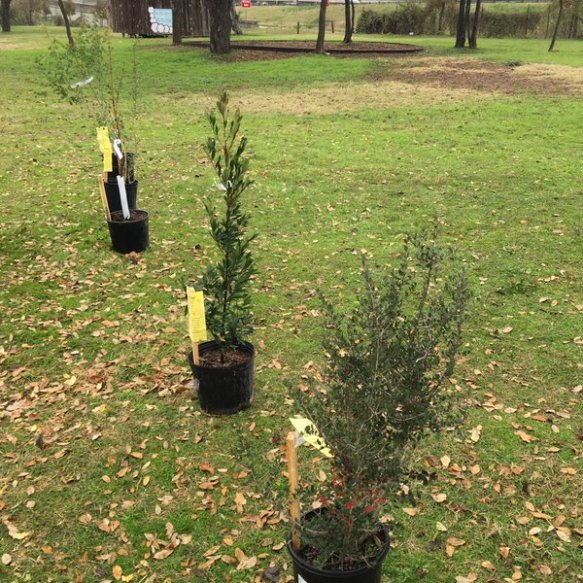For several months, Mr. Vega has been in slow burnout mode at work. Telecom sales is a constant, high-pressure environment that has been fitting less and less with the person he is becoming. About a month ago, we spent five days camping off-grid, enjoying good food, the company of friends, and time spent in nature. His first day back at work, I got a text from him: I’m sitting here at my desk thinking that I’m wasting my time and my life here… This weekend really did me good.
We spent a week and a half talking about what he wants to do, how we want to live, and how to make that happen. We ran the numbers, and we ran them again. And a few more times, just to be sure.
Ten days later, he resigned.
The plan is for him to start school full-time in January, spending a couple of years training for a career in which he doesn’t have to sell anything, buy anything, or process anything. Or sell anything bought or processed, or buy anything sold or processed, or process anything sold, bought, or processed, or repair anything sold, bought, or processed, you know, as a career. *
For the next couple of months, he will be a full-time homemaker, quite literally: there are garden beds to be built, a porch to screen in, rain gutters to install, and a host of other home-improvement projects to tackle in our Little Hippie House. There is a lot that we’ve been wanting to do, but we haven’t had much time for it.

We’ve spent the past few years ensuring that we could handle a shift like this: We are debt-free except for the house, and we made sure to buy a house that we could afford on one income, if it ever came to that. After we paid off all our consumer debt (and before we started saving for a down payment), we built an Emergency Fund that would allow us to continue our lifestyle unchanged for four months with zero income, or for much longer if we reduce our expenses and maintain some kind of income. Since purchasing the house, we have resumed our Emergency Fund contributions, with a long-term goal of saving a full year’s worth of expenses.
We believe that with the right cuts, we can live modestly on my freelance income, without tapping into our Emergency Fund, and maybe even continuing to grow it, little by little. Mr. Vega has committed to getting at least a part-time job if we find ourselves unable to manage, although we would both prefer that he didn’t have to.
There will be sacrifices, mostly involving entertainment and travel, but we’re excited to have the opportunity to walk our talk to live meaningfully, and happily. We’ll continue to work toward making our home as self-sustaining as possible, and welcome all the friends and family who have the means to visit us in Austin. And we’re grateful to be cultivating friendships here with folks who share our values, and who are just as happy as we are to spend a weekend camping or an afternoon playing board games, instead of doing spendier things.
At the end of his training, Mr. Vega will be eminently employable, with a starting income that will at the minimum match what he was earning at his high-stress job, and with the potential to double in a few years’ time. To our farway friends and family, you can expect a visit from us beginning in 2017, but in the meantime, y’all are welcome to come on down any time you like!
*with gratitude to Cameron Crowe, Say Anything (1989)










